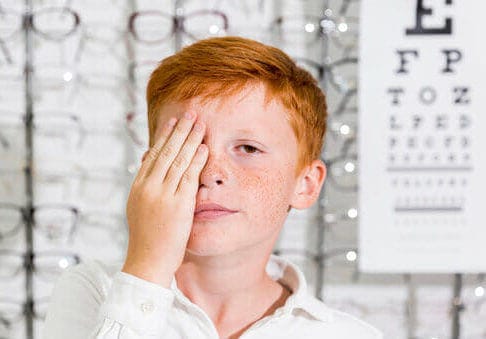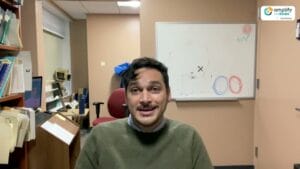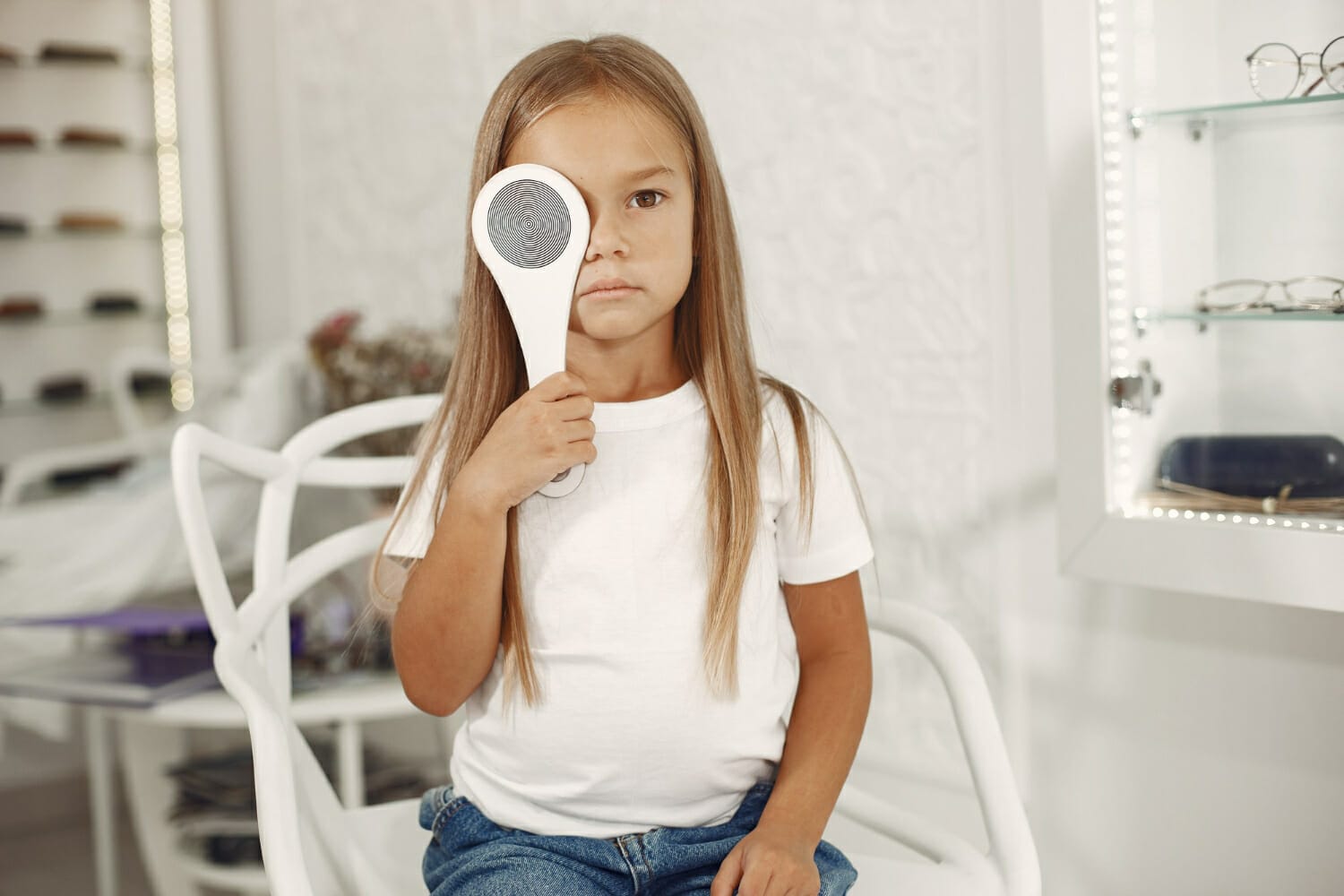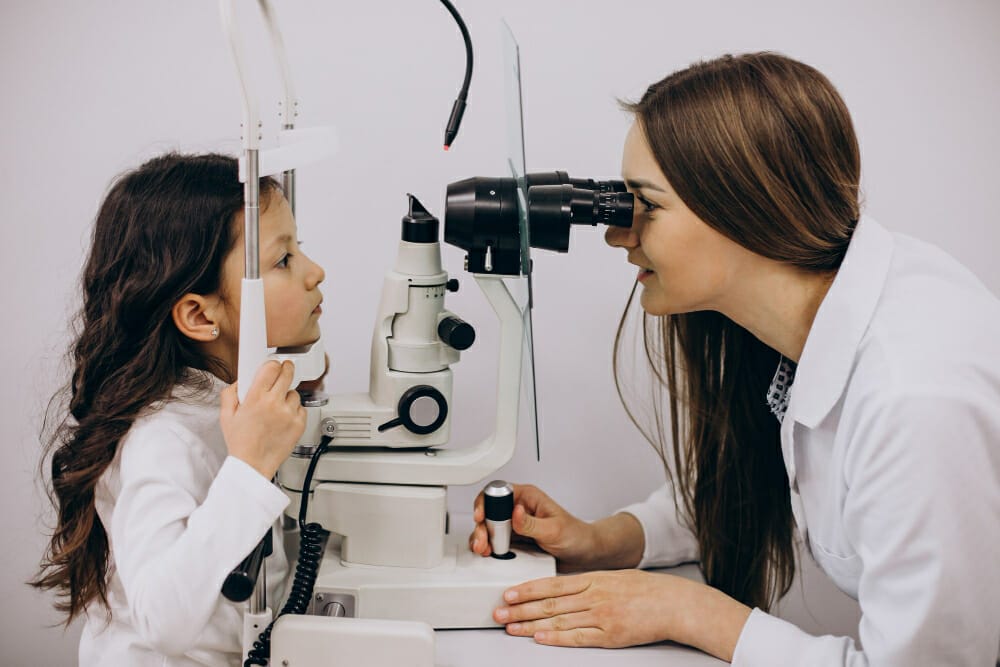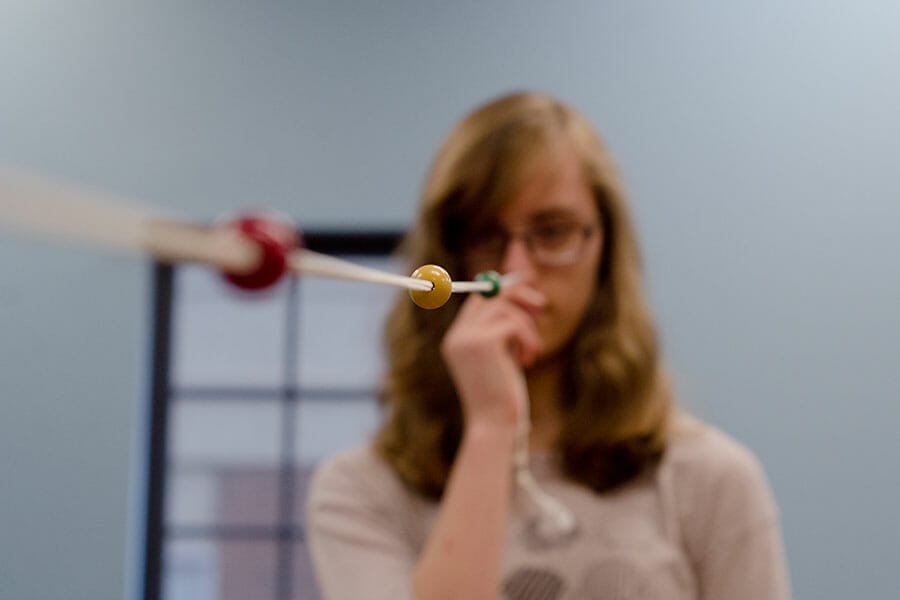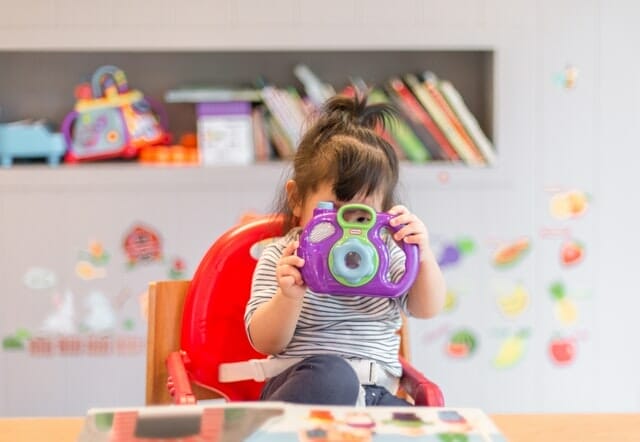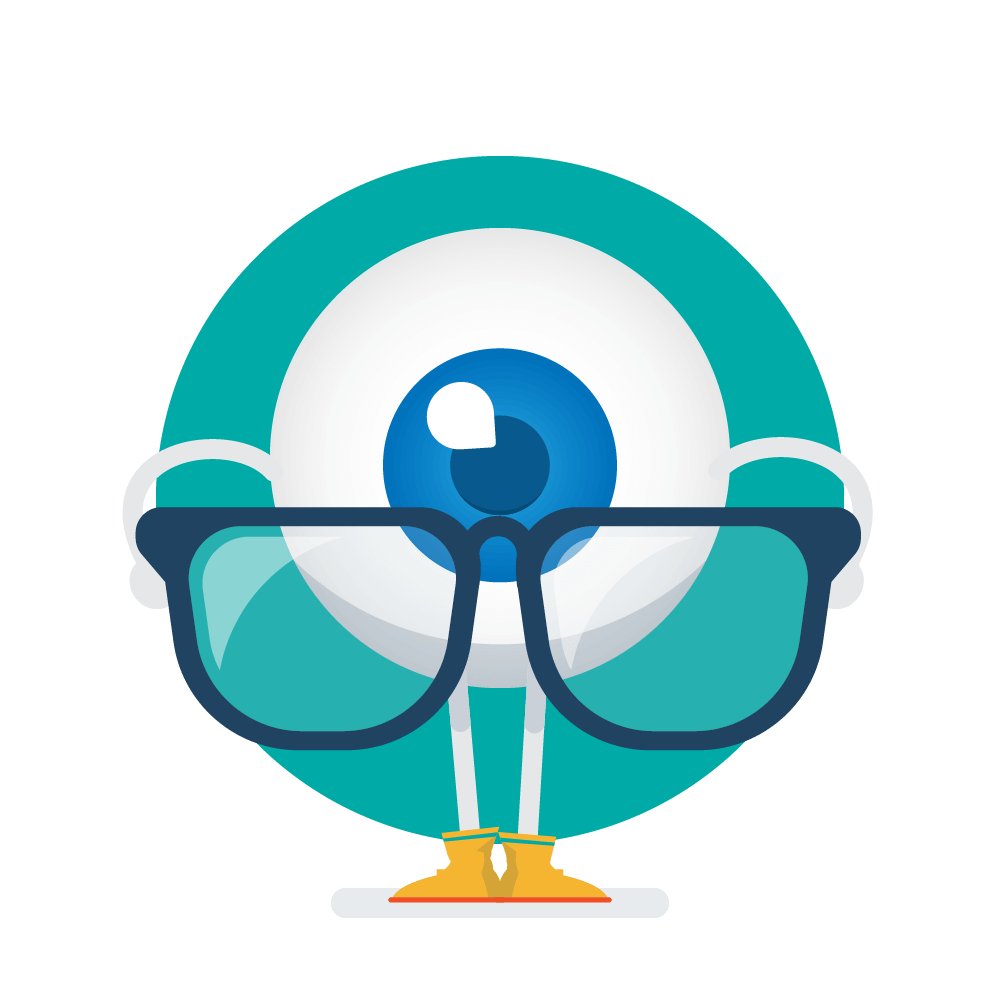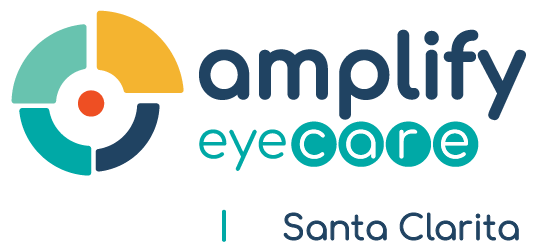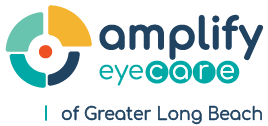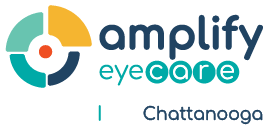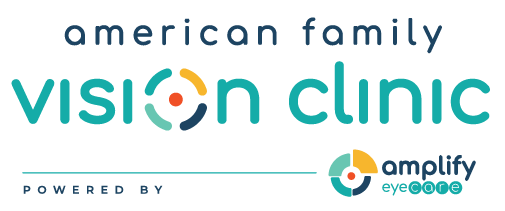Challenges of Patching
The patching method is logical and it directly targets treating the issue at hand by forcing the weak eye to strengthen. However, that being said, practically speaking there are certain challenges with this method. The main problem reported with patching is the issue of compliance. Many children do not want to walk around with a patch on their eye and can be bullied as it draws attention to an unusual appearance of wearing an eye patch. Moreover, the eye that they’re covering is the one that they depend on to see so they don’t want to cover it. A solution to these issues is to use an eye drop in the strong eye which then blurs the vision only in this eye, forcing the lazy eye to strengthen. However, these eye drops are medicated and come with drawbacks, including side effects such as light sensitivity and disorientation.
Once the patient finishes using occlusion therapy, there is another challenge that arises. The visual system has been used to having only one eye open and now it needs to relearn how to work together as a team with the brain working with both eyes. If you try covering one of your eyes for a few minutes, it takes a bit of readjusting to get used to looking with both eyes open again. Imagine this kind of adjustment for a person who is so used to only using one eye for so long. They went from only seeing from the dominant eye as they had a lazy eye which was suppressed and then the strong eye got covered, forcing the weak eye to strengthen on its own.
Additionally, it is thought that age is a contraindication for occlusion therapy, meaning that occlusion therapy is much less effective at an older age. However, there is research that supports that incorporating patching along with vision therapy yields successful results, no matter what age the patient is.
The approach using vision therapy is to incorporate eye patching along with various visual activities which strengthen the visual system as a whole, training the brain to work with both eyes together as a team.

